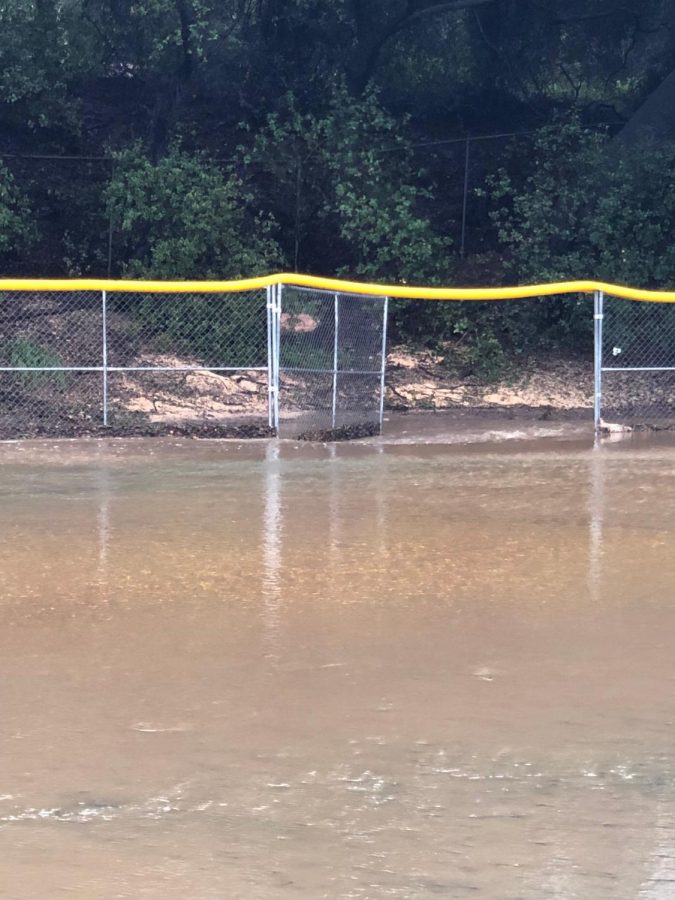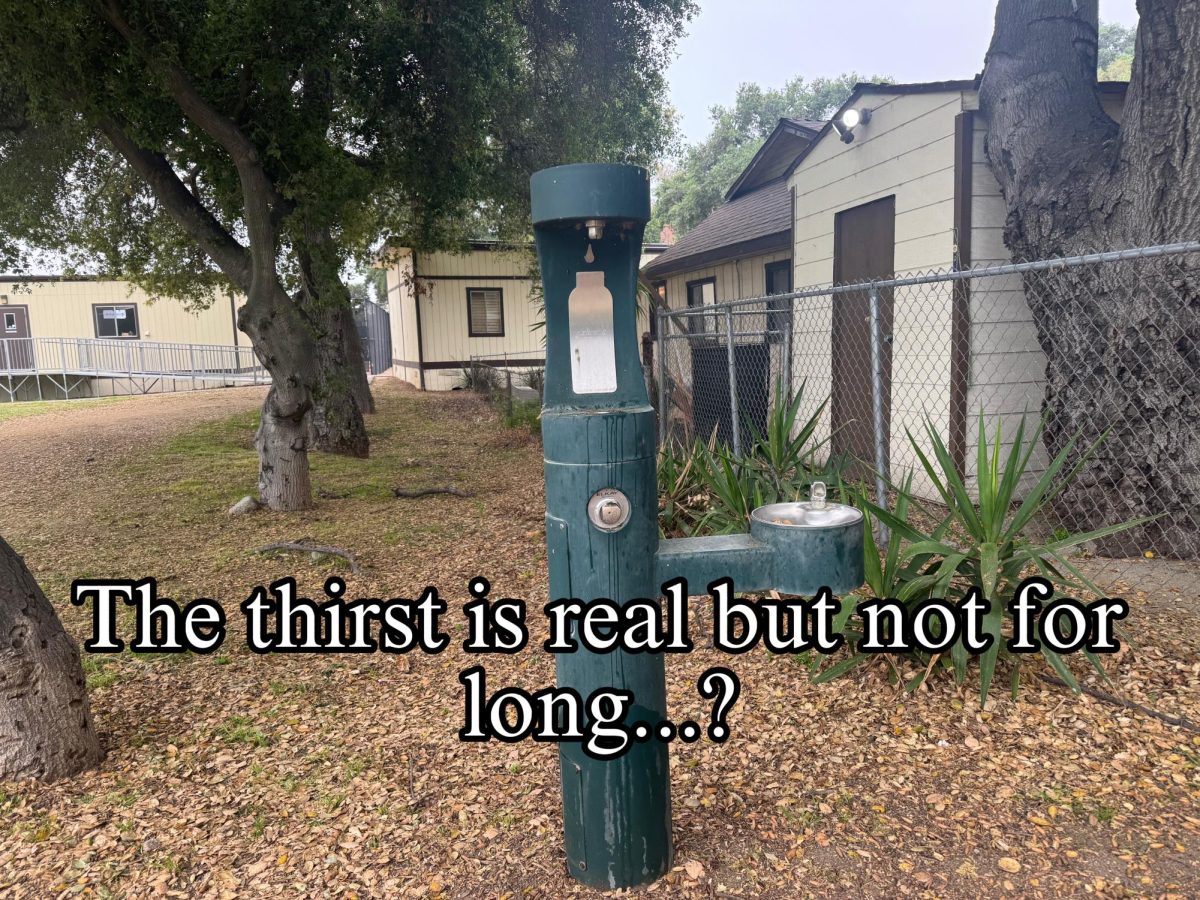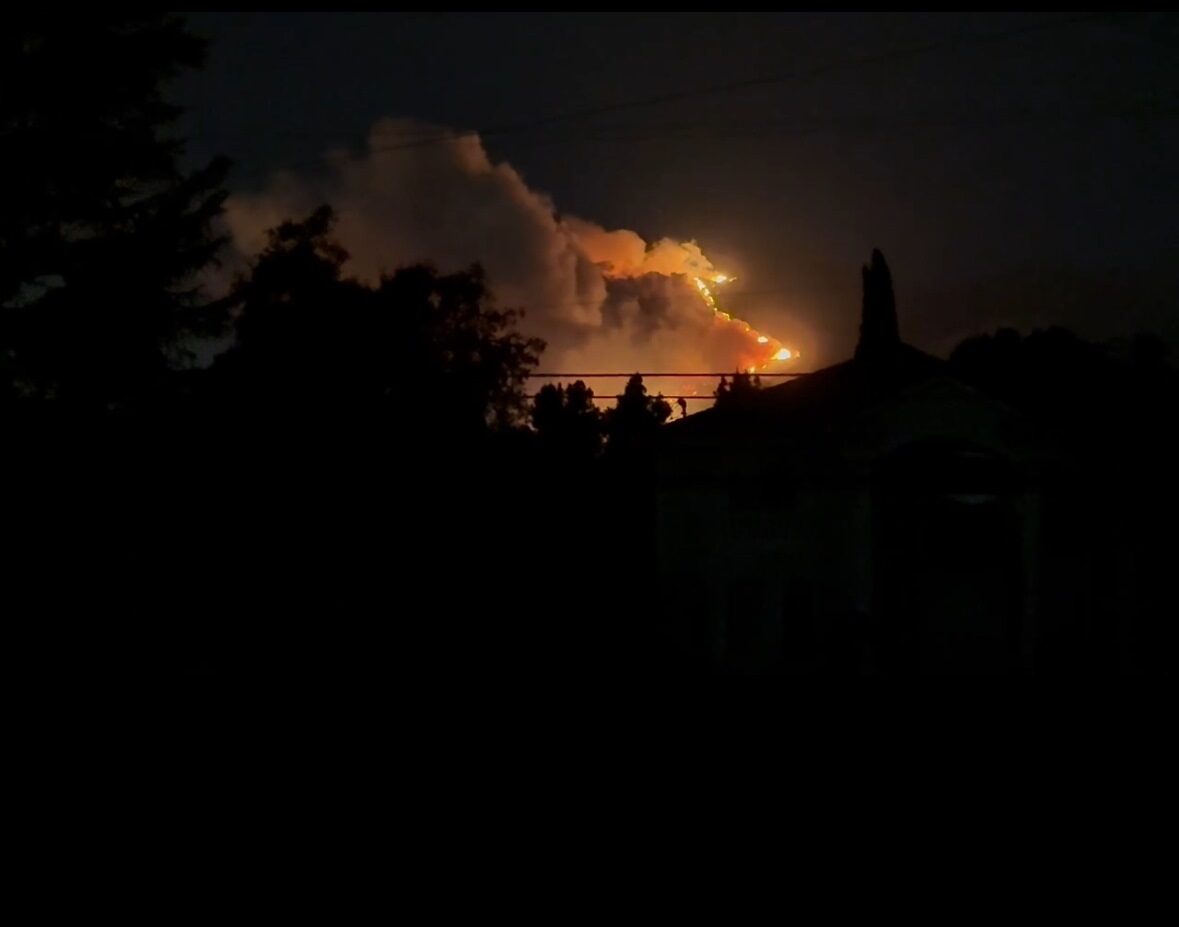On February 18th, 2019, The Los Angeles Times announced that weather specialists are expecting a “rare mega-storm [that] is rendered all the more inevitable due to climate change” in California. This storm has been called the “other big one,” referencing the massive earthquake that devastated California in 1906. This storm, known as the ARkStorm, could happen tomorrow, months, or even years from now, but it should be on everyone’s radar.
The United States Geological Survey predicts that the storm will cause up to 120 inches of rain in California. The excess water from the rain has the potential to flood the entire Sacramento and San Joaquin Valleys, as well as valleys in Southern California.
An analysis from one survey predicts damage to be more than $300 billion with up to 225,000 people permanently displaced. On top of that, 1.2 million residents would be forced to evacuate.
Experts from the study said, “These storms do pose a real risk to California, in some ways far greater than that of earthquakes.”
This storm has the power to submerge 25% of California. However, this report is not the first time the ARkStorm has been announced. In 2011, the USGS released their report for the first time on the ARKstorm Scenario.
The “AR” in “ARK” stands for “atmospheric river,” a weather phenomenon where an excess of moisture floats through the air. The “K” stands for 1K, meaning an atmospheric river that only visits California about once every 1,000 years. However, some estimate its frequency to be as low as 500 years.
Although the ARkStorm, Atmospheric River 1,000 Storm, is hypothetical, scientists have deemed it to be a very realistic scenario based off of patterns that have occurred throughout history. The MHDP of the United States Geological Survey have published many warnings and reports urging people to prepare and to act fast.
If this storm arrives, runoff from the San Gabriel Mountains could quickly flood cities along the Los Angeles Basin as well as swamp the San Gabriel River. The Whittier Narrows Dam no longer meets the agency’s tolerable-risk guidelines and could fail in the event of a very large storm. The dam’s structure could decline if water were to overflow or if seeping water eroded the soil underneath. In addition, heavy rains could trigger an opening of the dam’s massive spillway on the San Gabriel River, releasing more than 20 times what the channel could safely contain.
Here at Webb, we are nestled in the foothills of the San Gabriel Mountains. If this ARkStorm was to occur, Claremont would be flooded. There are many international students at Webb, so this threat poses some serious questions as to where everyone would relocate and how. There are several emergency protocols put into place in the events of a natural disaster, but there is nothing for the possibility of a huge flood.
Although this storm is hypothetical at the moment, it is realistic. Climate change is happening and it will continue to have drastic, even fatal, effects on our planet. People should be prepared and take the warnings from the USGS seriously.









